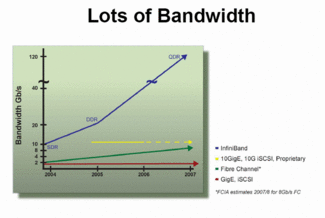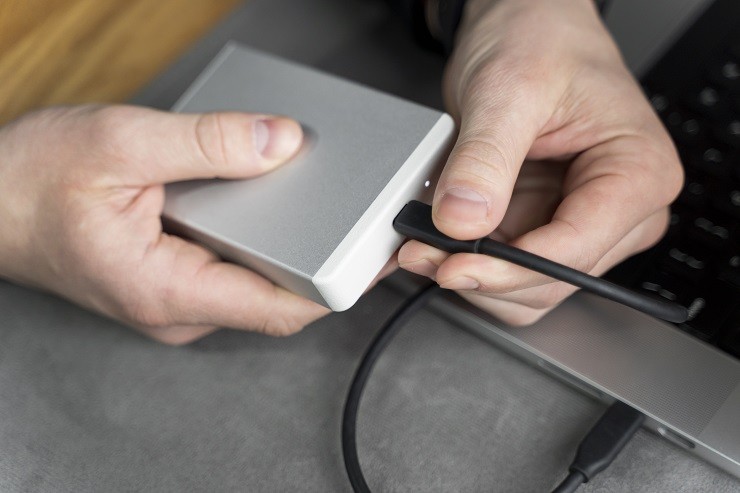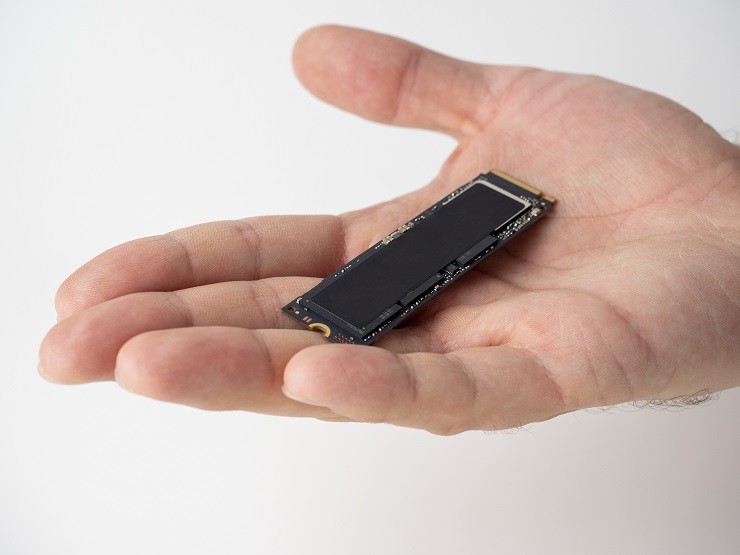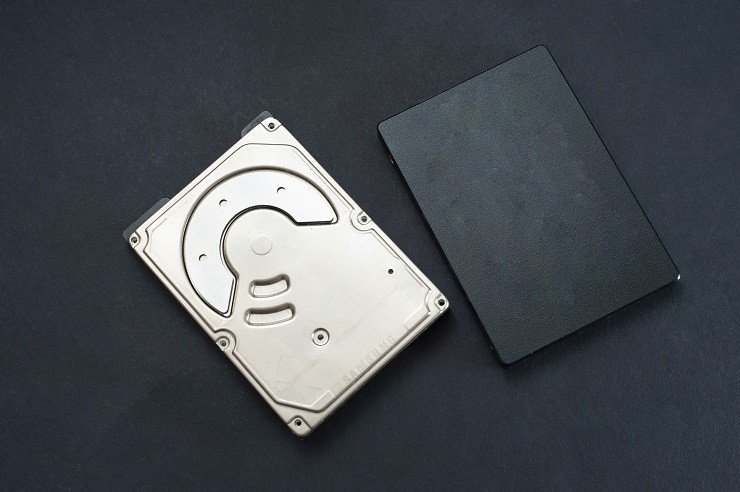Data storage is undergoing dramatic evolution, in the near, medium and long term. The following new disk, solid state and tape storage technologies will offer enterprises cheaper, faster and more energy efficient storage.
Near term:
1) Ethernet Hard Drives
Seagate recently announced its Ethernet-connected Kinetic HDD, which the company claims will offer storage application performance that’s four times greater than now possible.
Using Seagate’s Kinetic Open Storage Platform it will be possible to do away with conventional storage servers and software and allow applications and hosts to communicate directly with disk drives over existing TCP/IP data center communications fabric using an open source object API. Each 4TB Kinetic HDD drive has two Gigabit Ethernet ports and can be accessed via its own IP address.
Costs associated with storage servers, software (and their administration) will also be eliminated, while compute and storage will be able to be scaled independently, Seagate adds.
“If this storage architecture is commercially successful it will be extraordinarily disruptive since the direct connectivity from drives to applications will eliminate storage controllers, file systems, SANs and even RAID from the storage data path,”said Henry Baltazar, a Forrester analyst, at the launch of the Kinetic Platform last year.
The key value stores in Kinetic hard drives are a good fit for “object storage, distributed file systems (Hadoop Distributed File System, Lustre, GlusterFS) and distributed database (Cassandra) use cases,” he added.
Seagate identifies object data storage, hyperscale and scale-out storage, cloud storage arrays and cloud backup storage as best-fit applications.
2) Helium Filled Disks
HGST, an independent subsidiary of Western Digital, introduced its first 6TB helium-filled drive in 2013. The benefits of filling a drive with helium rather than denser air are that it makes it possible to use more spinning platters in the drive – increasing capacity – and that helium offers less resistance to the spinning platters, leading to less heat generation and 23% less energy consumption, according to the company.
Since helium-filled drives are sealed units, they can be used with highly efficient data center liquid cooling systems.
HGST has now introduced a 10TB helium-filled hard drive – leapfrogging Seagate’s highest capacity enterprise hard drive, which is 8TB (and which does not use helium technology). And such is the promise of the technology that by 2017 all of HGST’s enterprise drives will be filled with helium, and air-filled disk manufacturing will be discontinued, the company has announced.
3) Shingled Magnetic Recording (SMR)
Shingled magnetic recording is a storage technique that uses overlapping parallel data tracks instead of parallel tracks with a gap between them, as used by conventional drives. The benefit of SMR is that it allows areal density to be increased by up to 25%.
The problem with SMR is that when data is written to a track, all overlapping tracks have to be rewritten as well, and this means that SMR disks suffer from poor write performance. Both Seagate and Western Digital (and its HGST subsidiary) have been investigating SMR, but its adoption in commercially available products has been limited because of this performance issue.
Nevertheless, high capacity drives that make use of SMR are beginning to appear on the market. HGST’s recently announced 10TB helium-filled drive uses the technology, but this is targeted at cloud and cold storage applications because of its relatively low write performance. If write performance limitations can be overcome, then SMR will give manufacturers a simple way to give areal densities a small boost before technologies such as HAMR (see below) become commercially viable.
Medium Term:
4) 60TB Heat-Assisted Magnetic Recording (HAMR) Drives
Current high capacity hard drives use a technology called perpendicular magnetic recording (PMR), introduced in around 2005, to squeeze around 750Gb per square inch on a disk platter. Increasing areal density above this level risks bits reversing themselves spontaneously, leading to data loss.
But Western Digital and Seagate are both working on drives that use a technology called heat-assisted magnetic recording (HAMR) to replace PMR. HAMR uses a small laser to heat the part of the disk that is about to be written to. The effect is to allow smaller bits to be written to the disk, increasing the potential areal density to about 5,000 Gb per square inch. That means that 3.5″ disk drives with a capacity of 60TB may be possible.
HAMR drives could appear on the market as early as 2016, but the first offerings are unlikely to offer capacities as high as 60TB.




